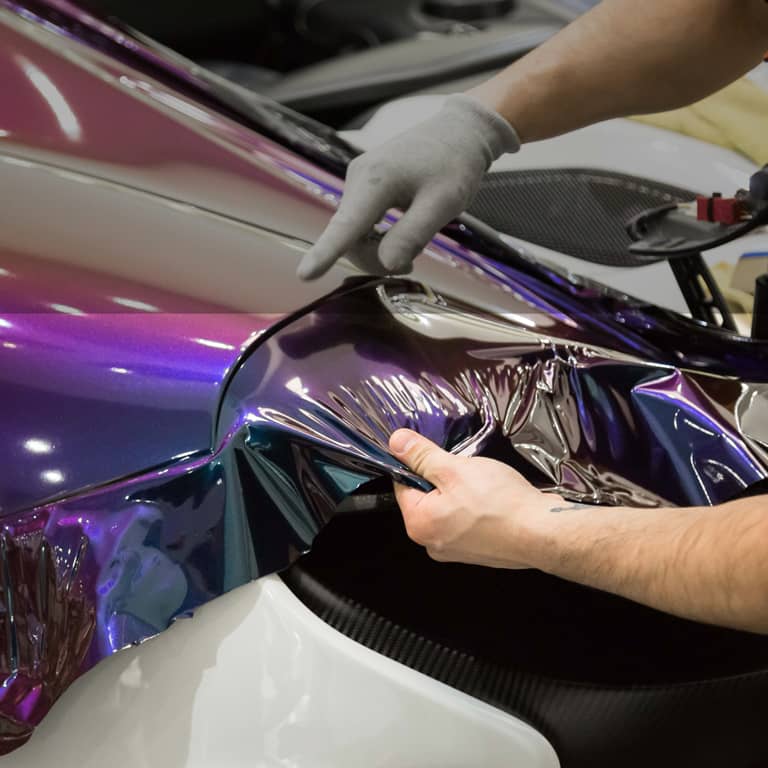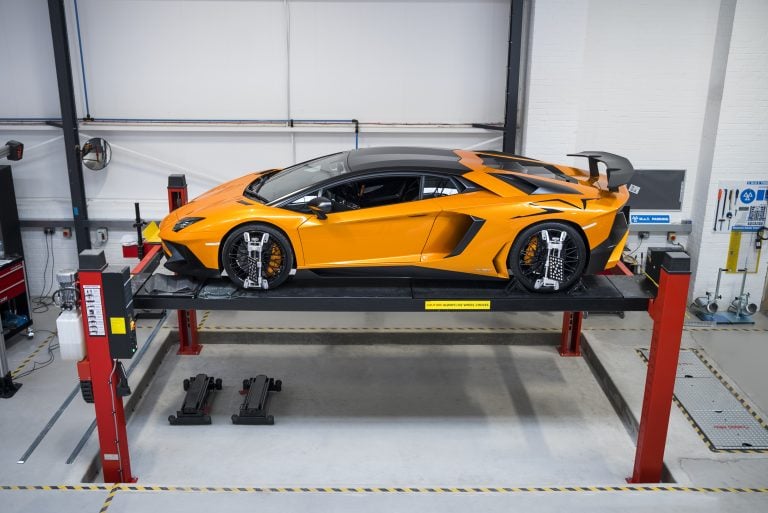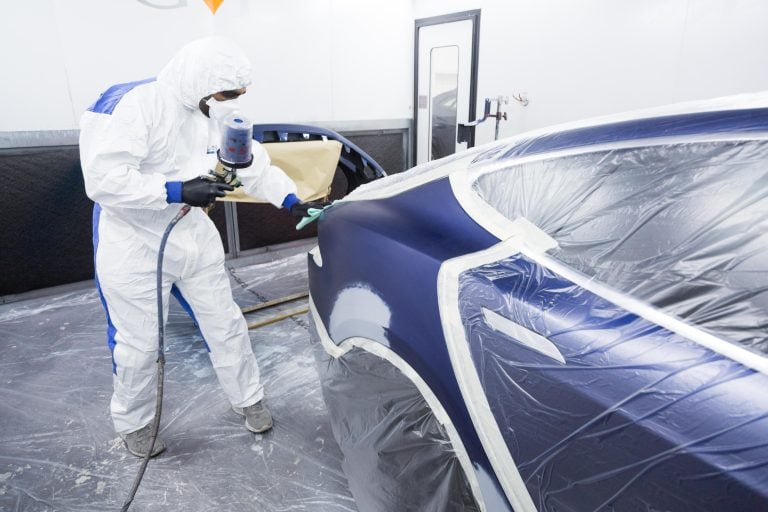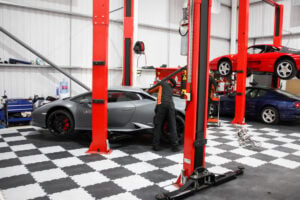- Showroom Case Studies
Top Mistakes to Avoid When Sourcing Cars for Clients | GVE London – Blog
Avoid costly supercar sourcing mistakes with our expert tips—from research and inspections to logistics, compliance, and after-sales planning.
Everyone loves to reimagine the dream: glancing at a gleaming Porsche at a supercar showroom, then placing that order for your client, secure in the knowledge it’ll arrive cross-county in perfect condition. But here’s the thing—vehicle sourcing isn’t all glamour and eyebrow-raising price tags. It’s about balancing enthusiasm with strategy. One typo or oversight, and your client could be in for bruised expectations.
Common Mistakes to Avoid When Sourcing Supercars
1. Going in without Research
You might think a six-figure exotic sells itself. But skipping proper research is the first pitfall. Car sourcing demands digging into model reliability, price trends, maintenance costs, and local records. An exotic like a Ferrari F8, for instance, will depreciate quicker than a Toyota—and parts? Often far more expensive. Without a proper review, you’re stacking surprises right into the bill.
Takeaways:
- Run VIN checks. Service history matters.
- Check insurance, parts pricing, and typical depreciation.
- Visit forums and buyer guides.
2. Pre-Purchase Inspection Isn’t Optional
It really isn’t difficult to make a car look new. Besides, reworking the body of a car is much easier than rebuilding its engine. So, there is no skipping out on pre-purchase inspection. Check everything from the structure, engine health to emissions compliance of the car. Get everything in writing. Just trust us here.
3. Ignoring Vehicle Sourcing Logistics
Sourcing a car is important, but you need to sort out logistics as well. Open RoRo vs enclosed container? For luxury car sourcing, choose the latter. How long will the entire trip take? You need to check up on everything.
4. Overlooking Compliance Essentials
Every market enforces its own regulations. Emissions rules, safety standards, import duties, they’re each a pitfall waiting to be stepped in.
- Emissions: Does the car meet the client’s country-specific standards?
- Taxes: From import duties to VRT—you’ll want to avoid costly miscalculations.
- Certification: Things like vehicle homologation can halt clearance at customs.
These aren’t “maybe you’ll get lucky” details. They’re essential.
Read Also: How to Source Limited Edition Supercars Before They Sell Out
5. Forgetting Your Client’s True Needs
It is easy to get lost in business and the shiny features of a car. However, you must focus on your client’s needs more than the car. Let’s say they’re intending on sourcing a car that isn’t viable considering their requirements—it is your obligation to inform them so they can make an informed decision.
6. Relying Solely on Emotion
We’ve all seen it: buyer falls head over heels for that exact shade of red. But emotions cloud decisions. They can mask defects, upsell you to unnecessary extras, or rationalise unrealistic prices.
Approach with structured analysis:
- Hold a checklist.
- Compare alternatives objectively.
- Talk total cost, not monthly instalments.
7. Skipping After-Sales Arrangements
Post-purchase doesn’t exist just on paper. Clients often need service networks, parts paths, and local technical support. If you bring in a Maserati, does your client know where it can be serviced? Is software accessible? Is the importer reputable? Better to confirm service plans and local parts support before signing a sale.
8. Underestimating Logistics Costs
Cheaper deals overseas can be tempting. But some vehicles are wallet traps thanks to costly shipping, duty, insurance, transport, and storage fees that add up fast. Make sure all parties are aware of the costs upfront, which includes estimated cost upon landing as well as variables like currency, port charges, delays, etc. Transparency here builds trust and avoids post-handover disappointment.
Final Thoughts
Vehicle sourcing isn’t a fancy phrase for “go buy the coolest car”. It’s a careful orchestration, from market intel to shipping containers, paperwork to service follow-ups. Avoid these common mistakes and your reputation grows. Screw one up, and your client ends up paying double in time and money. The sweet spot? Connecting your client’s dream with the kind of reality they signed up for. Need help sourcing a specific model through a trusted supercar showroom, or want connections for luxury car exports teams? Hit us up here at GVE London. Furthermore, being enthusiasts, we not only perform the usual repairs and service but can work on customisation, modifications and detailing as well. To know more, hop on a call with us today!
Frequently Asked Questions
At minimum: bill of lading, commercial invoice, certificate of origin, emissions compliance, export permit, and import documentation. If any are missing or mismatched, customs can hold or reject the shipment.
Yes, but exercise caution. Older cars may have hidden repair needs, unreliable parts, or heritage import rules. That PPI becomes even more important here.
Research local dealer service networks. Confirm spare-parts availability. Some overseas supercar showrooms even offer servicing agreements.
Contact Us
"*" indicates required fields
OUR SERVICES

PAINT PROTECTION FILM

WRAPPING

SERVICING










